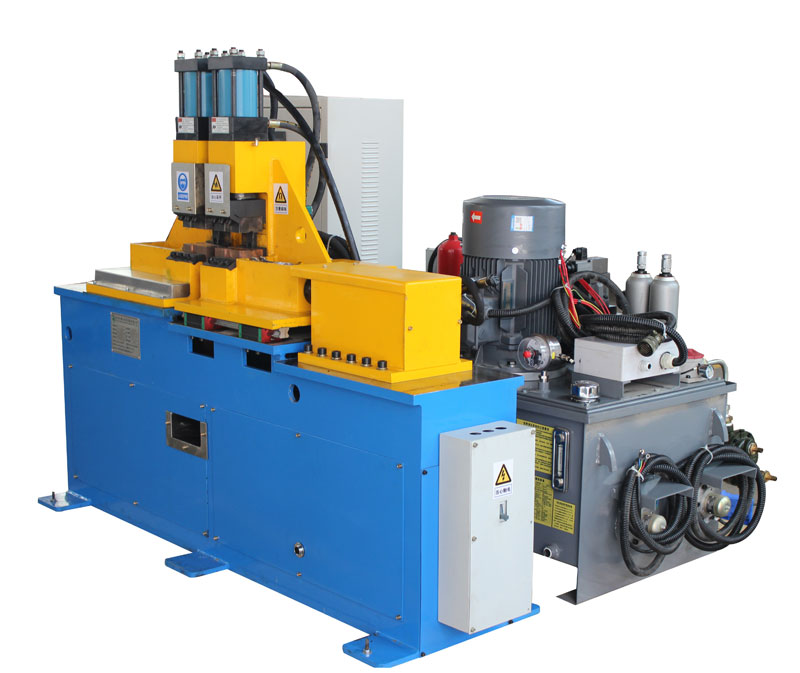Safety Technical Briefing for Butt Welding Machines
Safety is of paramount importance when operating butt welding machines. To ensure a secure working environment and prevent potential accidents, it is crucial to provide a comprehensive safety technical briefing to operators and personnel using these machines. This article focuses on translating and discussing the safety technical briefing for butt welding machines in English, emphasizing the essential safety measures to promote responsible and secure welding practices.
Title Translation: “Safety Technical Briefing for Butt Welding Machines”
Safety Technical Briefing for Butt Welding Machines:
- Introduction: Welcome to the safety technical briefing for butt welding machines. This session aims to provide essential safety guidelines and best practices for operating butt welding machines responsibly and securely.
- Machine Overview: Before commencing any welding operation, familiarize yourself with the butt welding machine’s structure, components, and control panel. Be aware of the emergency stop button and other safety features.
- Personal Protective Equipment (PPE): Always wear the required personal protective equipment, including safety goggles, welding helmets, welding gloves, and protective clothing. PPE provides essential protection against welding sparks, fumes, and potential hazards.
- Electrical Safety: Ensure that the butt welding machine is adequately grounded and connected to a stable power source. Avoid touching electrical components with wet hands and be cautious when handling power cables.
- Machine Inspection: Before starting the welding process, inspect the machine for any visible damages or abnormalities. Do not operate the machine if you notice any defects and report them immediately to the supervisor or maintenance personnel.
- Welding Area Safety: Maintain a clean and well-ventilated welding area, free from flammable materials and clutter. Clear any combustible substances from the vicinity to reduce the risk of fire accidents.
- Workpiece Preparation: Properly clean and fit-up the workpieces to be welded. Ensure that the joint surfaces are free from contaminants and adequately aligned for consistent welds.
- Welding Parameter Adjustment: Follow the recommended welding parameters for the specific workpiece material and thickness. Adjusting the welding current, voltage, and electrode withdrawal speed accurately is crucial for achieving high-quality welds.
- Cooling System Monitoring: Monitor the cooling system to prevent overheating during prolonged welding operations. Adequate cooling safeguards the machine and prevents potential hazards.
- Emergency Procedures: Familiarize yourself with the emergency stop procedure. If any unexpected situation arises, press the emergency stop button immediately to halt the welding process.
- Post-Weld Inspection: After completing the welding process, conduct a post-weld inspection to ensure weld quality and compliance with welding specifications.
In conclusion, a comprehensive safety technical briefing is essential for operating butt welding machines securely. By adhering to safety guidelines, wearing the appropriate personal protective equipment, maintaining a safe welding environment, and being vigilant during machine operation, operators can promote responsible and secure welding practices. Emphasizing the significance of safety measures supports the welding industry in achieving excellence in metal joining applications while prioritizing the well-being of personnel and ensuring a safe working environment.
